France implements new six-year Wolf Plan
Starting this month, France implements their new National Action Plan 2018-2023 for wolves and livestock owners. The plan focuses on the support for herd protection measures, regulation of the wolf population, and providing of information and training to a target audience. The return of the wolf is a hot debated topic in France. Farmers demand more killing of wolves, while NGOs want to limit the shootings. Effective herd management, including protective measures such as electric fences and guard dogs, provide a likely solution to this problem. The European Wilderness Society is currently finalising the first edition of an international Best Practice Handbook on herd management in Europe. This handbook can provide local livestock owners with detailed Best practice examples from 7 different European Countries on effective protection measures. Besides France, a common strategy for coexistence with wolves and sheepherding has been developed in Germany.
Please also read: Shepherds, hunters, farmers and NGOs agree on common wolf strategy
A closer look
The first priority of the French Wolf Plan is a balance between the ecological and pastoral stakes. It considers a number of 500 wolves for a viable wolf population in France. Also, it stresses that effective defense of herds is necessary, with electric fences and guard dogs, or by shooting if wolf attacks on protected herds continue. Besides a clear support for herd protection measures and compensation of losses, implementation of population ‘control’ by annual killing is also part of the plan. Furthermore, it focuses on education and training to increase knowledge on the wolf’s behaviour and risks for livestock owners.
See hear why the Forest and hunting Departments of Switzerland welcome the return of the wolves.
- Forest Department Graubünden: Wolves improve the health of forests
- Swiss Hunting Department: Calanda wolves regulate red deer effectively
Supporting livestock owners
Important is the continued support for herd protection, as the Wolf Plan states. Studies proved that herd management is more effective than killing wolves. By developing a financial scheme, the plan will provide assistance to livestock owners for implementation of protection measures. It aims to advice and support the owners on implementation of protection and adaptations to new developments. Furthermore, the plan will establish a ‘guard dog network’, to facilitate guard dogs that are effective against predation, but not aggressive towards third parties. Additionally, the government will create a ‘technical support brigade’ to implement protection for newly attacked herds.
Financial support
The plan even supports the livestock owners and shepherds by financing pastoral huts, access to water and electricity, and better accommodation conditions. Compensation for losses due to a wolf attack are only paid when livestock owners have proper herd protection measures in place. Validation of protection measures and wolf presence are therefore essential.
Allowed killing of wolves
Following scientists’ advice, the plan allows hunters to kill 10-12% of the wolf population each year. According to the latest estimate, there are approximately 400 wolves in France. The quota of wolves that people can kill in 2018 is therefore 40. NGOs tried to stop the wolf hunts, which they claim as ‘political killing’. Earlier this year, the government allowed killing of 3 young wolves. Farmers who protect their animals gain the right to fire a gun as a defensive measure. Warning shots or scaring the animal is not mandatory. Also for herds that suffered from attacks at least three times in the last 12 months, it is now easier to gain defensive shooting rights. However, the plan does not allow killing of wolves from September to December.
Sharing information and knowledge
The Wolf Plan updates the existing communication strategy, to focus more on local involvement and provision of information. It targets all relevant stakeholders and the general public. The plan will develop new training curricula for farming schools to increase awareness and acceptance towards the wolf. Through the support of various studies, the Wolf Plan tries to improve the recognition towards shepherds, and the coexistence of wolf and livestock. It will assess the current vulnerable territories and the impact of wolves on the ecosystem.
The French Wolf Plan also states that cross-border and international collaboration should be strengthened to achieve shared ecological objectives. This also supports the exchange of knowledge and experiences regarding the coexistence between wolves and livestock farming.
What can we expect?
The Wolf Plan has ambitious targets to help livestock owners with financial, technical, and informative support to protect their animals. With this plan, the French government is showing the willingness to support both farmers and the wolf. It is now up to the French farmers to show equal willingness for coexistence. For the wolves, it looks like 1 in 10 will have to fear for it’s life every year. It remains unclear what the Wolf Plan recommends when wolf numbers exceed 500 individuals in France. At least according to the European Commission, the wolf remains a protected species, despite continued requests for legal hunting in Europe. It is often a misconception that hunting protects sheeps. On the contrary, hunting can often increase the depredation since killing a wolf in a wolf pack can cause the wolf pack to break up creating 5 and sometimes more individual wolves. Studies show, that individual wolves are much more inclined to attack livestock than wolf packs. Also the wolf plan ignores the many positive side effects of the return of the wolves to the rejuvenation of the forests and the natural education of the pressure on forests by deer and wild boar.
Find the French National Action Plan 2018-2023 for the wolf here:
Stay up to date on the Wilderness news, subscribe to our Newsletter!

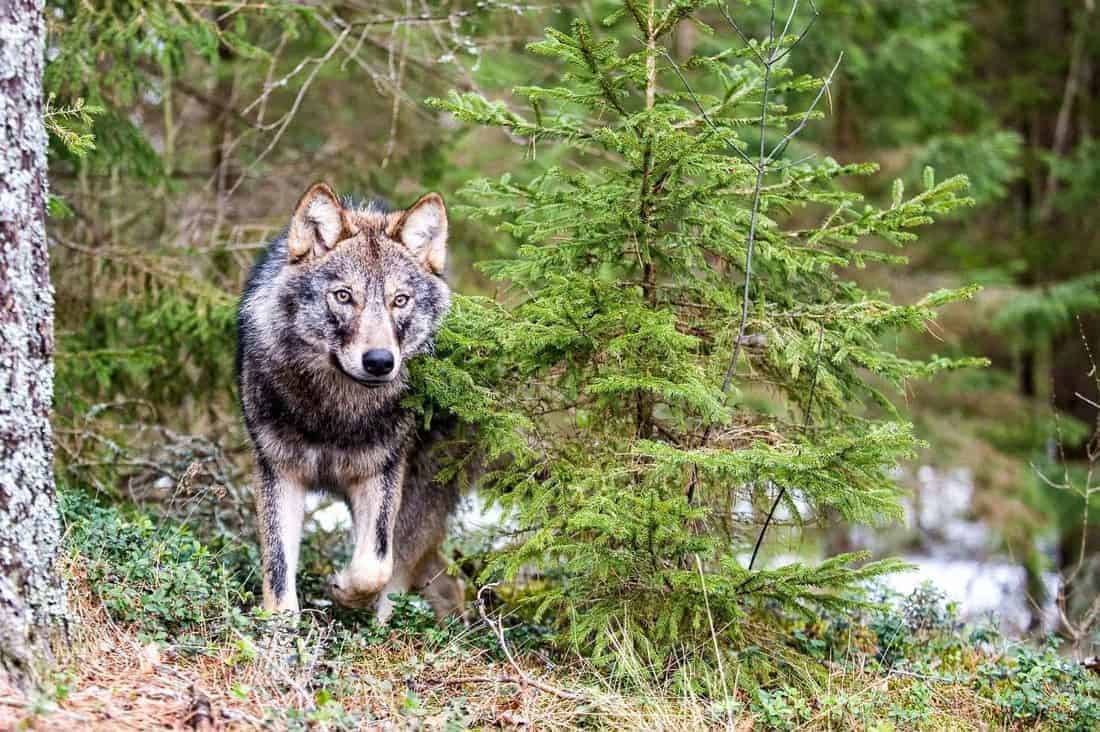
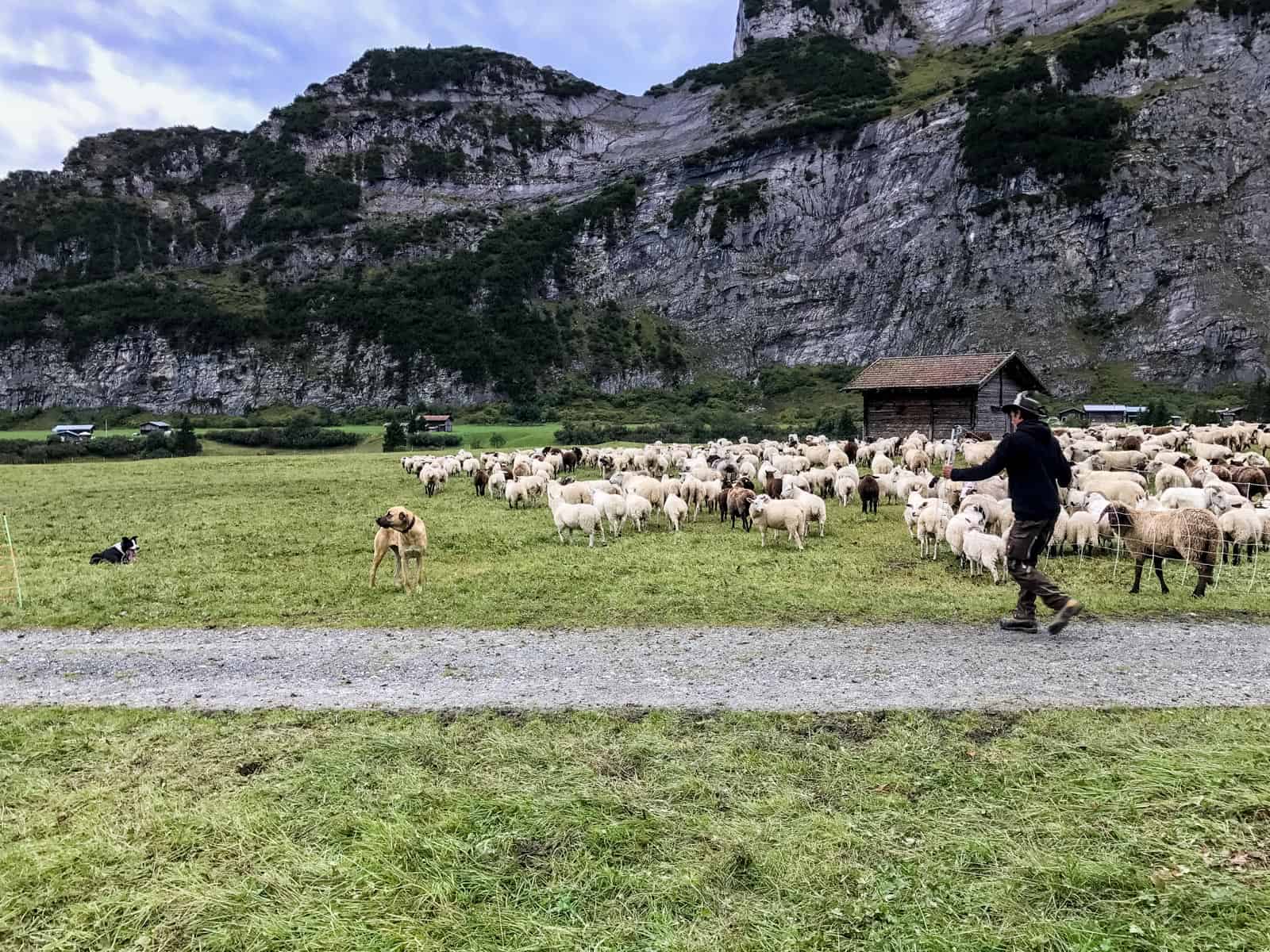
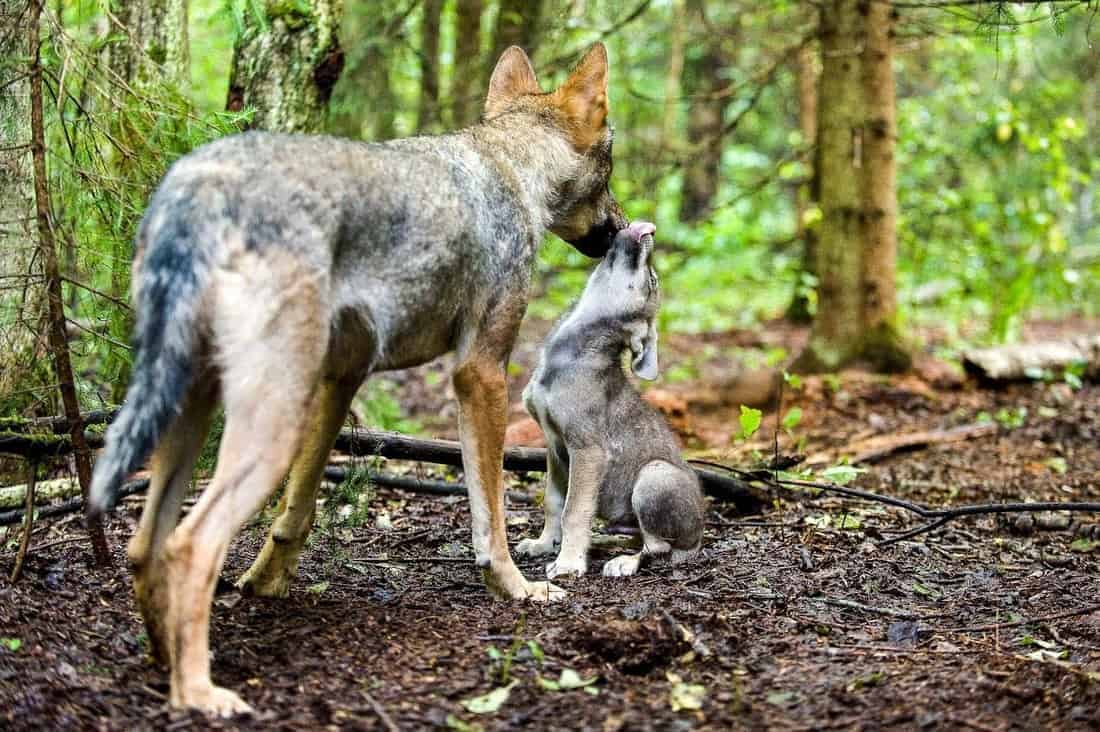
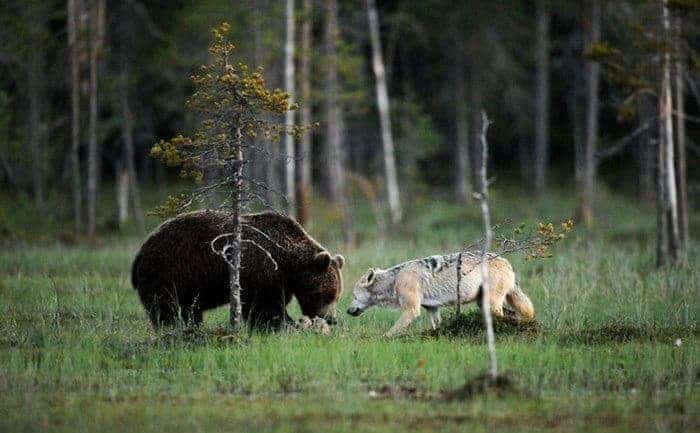
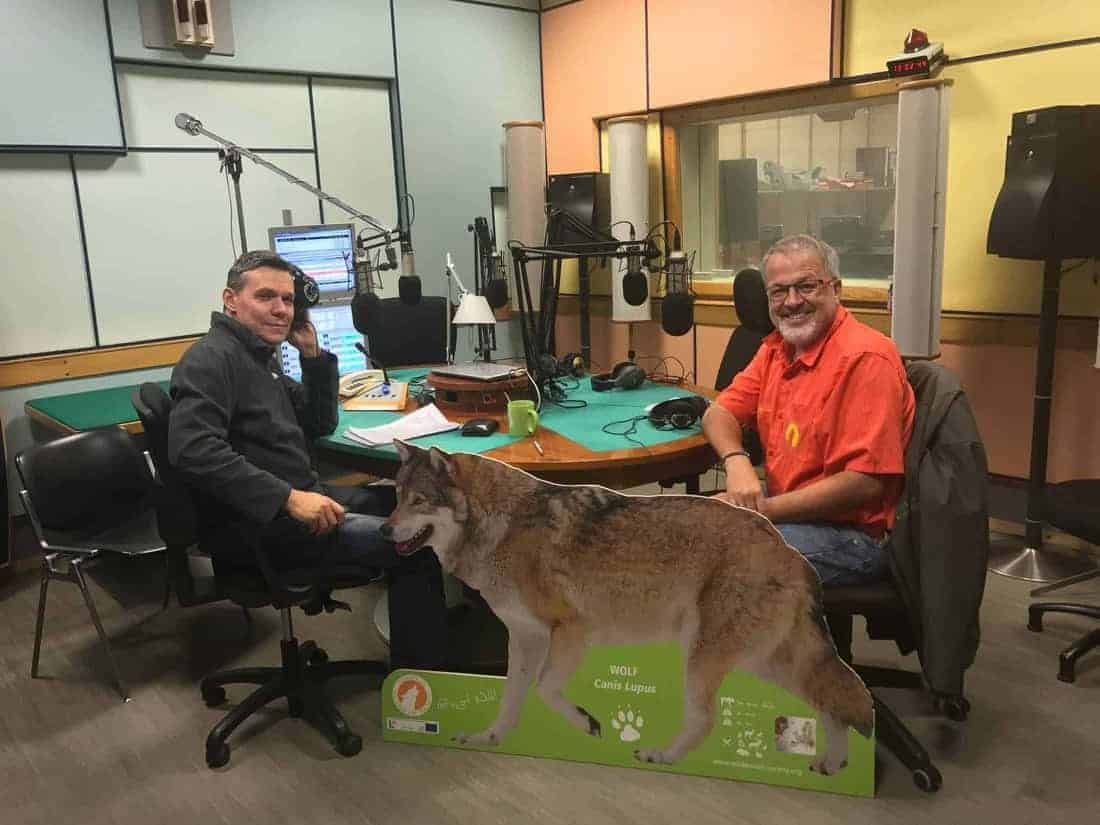
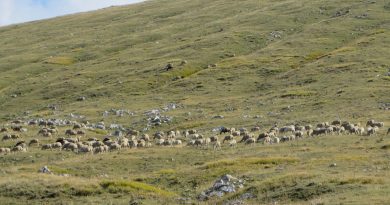
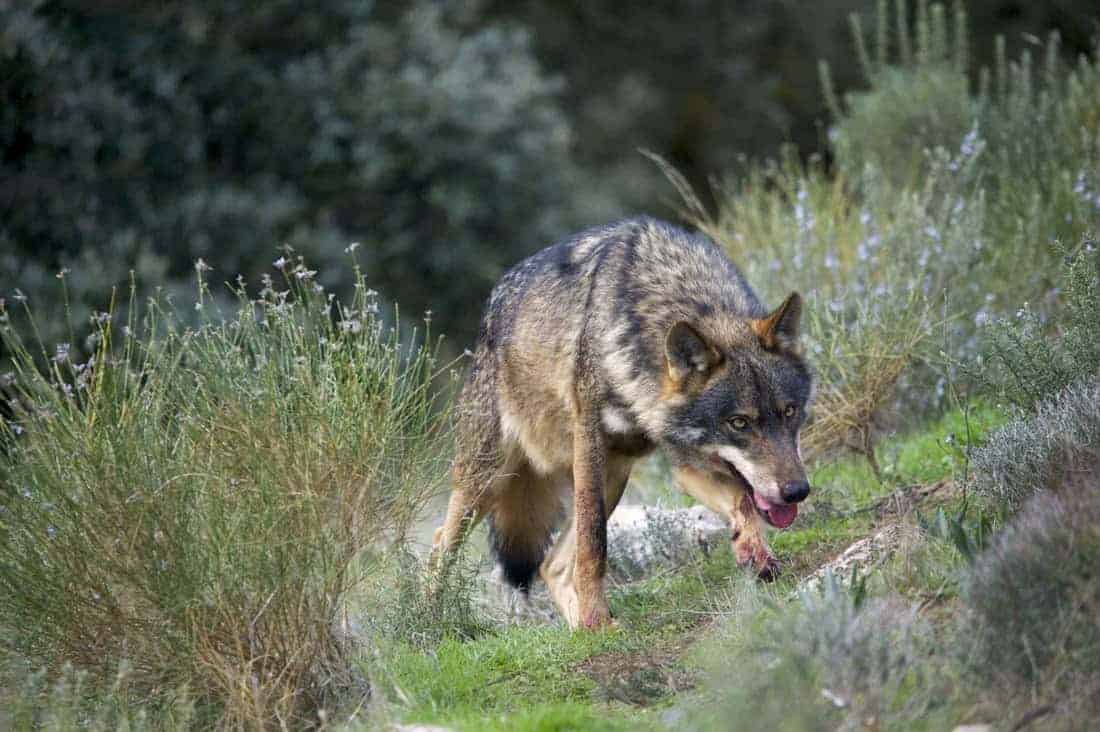

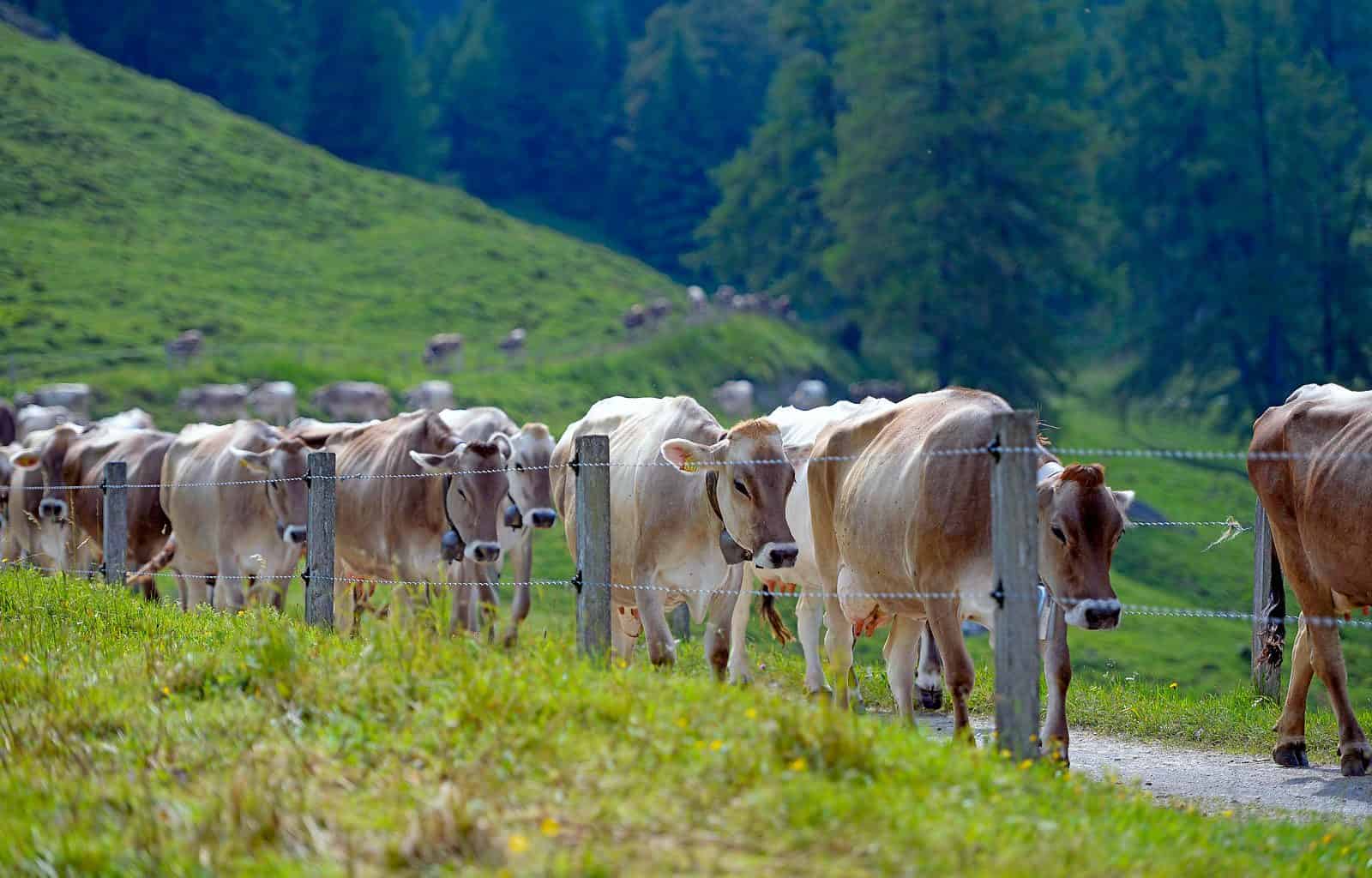
Dear Susan, thank you for your comment. You can read more about the differences and similarities between wolves and dogs here: https://wilderness-society.org/wolf-hybrids-friend-or-foe/
I think that the winning comment for the preservation of wolves is the fact that a pack will hunt large Natural game animals but if a pack is broken up into individual animals they have litle choice but to kill smaller easier prey like sheep. If this can be published and made common knowledge then there might be an understanding of the intricasies of wolf behaviour. All my young life I read books about the BIG BAD WOLF without any balance in the natural order of wolf behaviour. Long live the wolf. Norman Doak Johannesburg South Africa
The dog I owned the guy said he was 80 percent wolf. He was like a teddy bear and gentle. He was very big but I put his meds down his mouth by hand. The wolf is a dog in the wolf that can be takes. I think WOLVES should be left alone and Cathleen use better protection. SAVE OUR WOLVES!!!